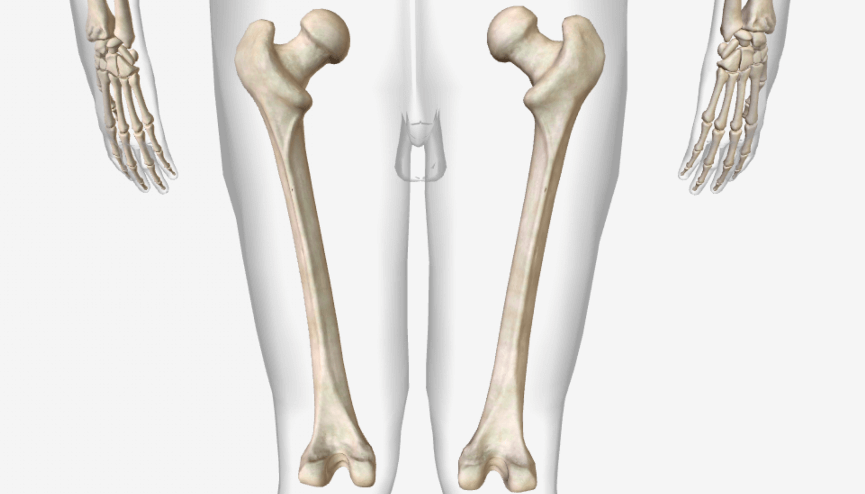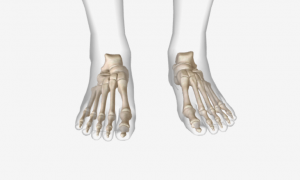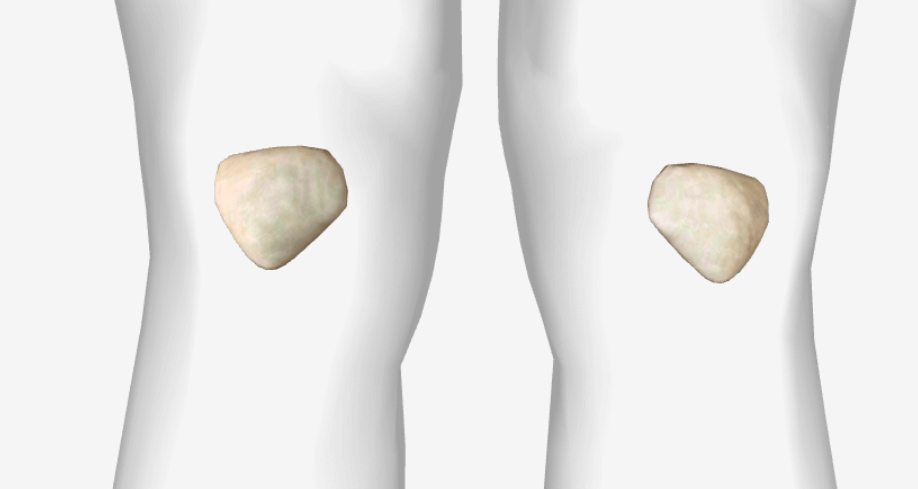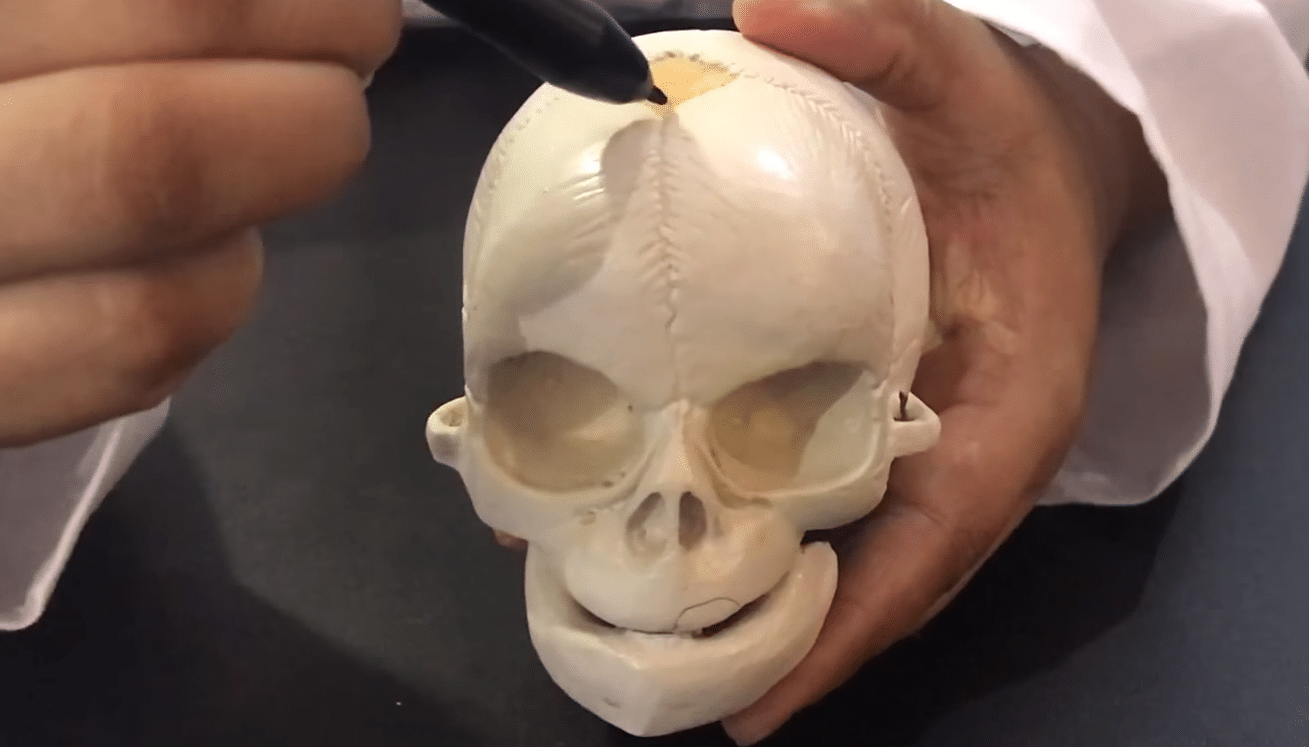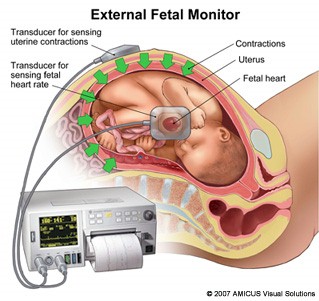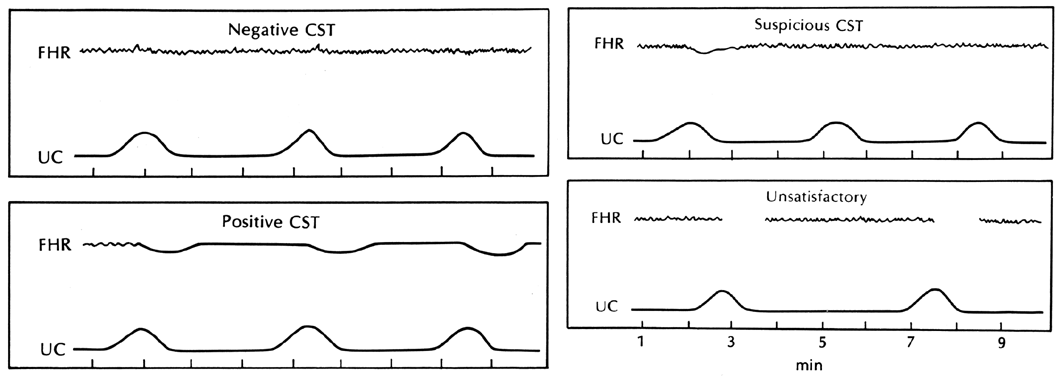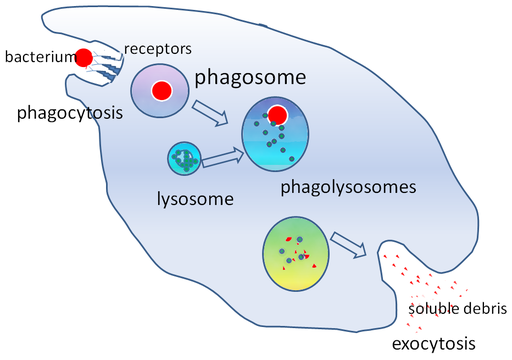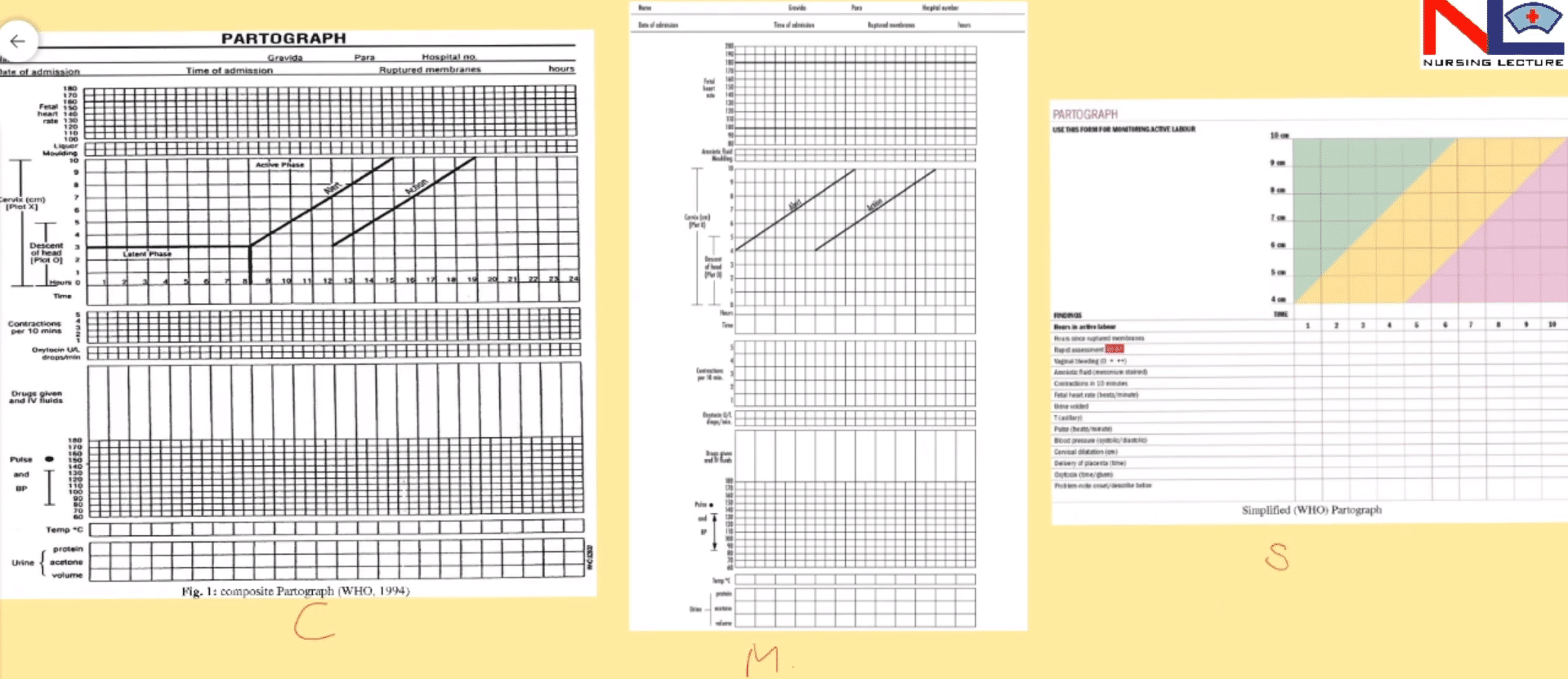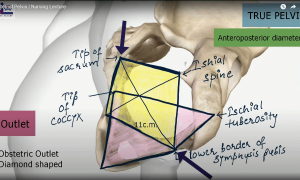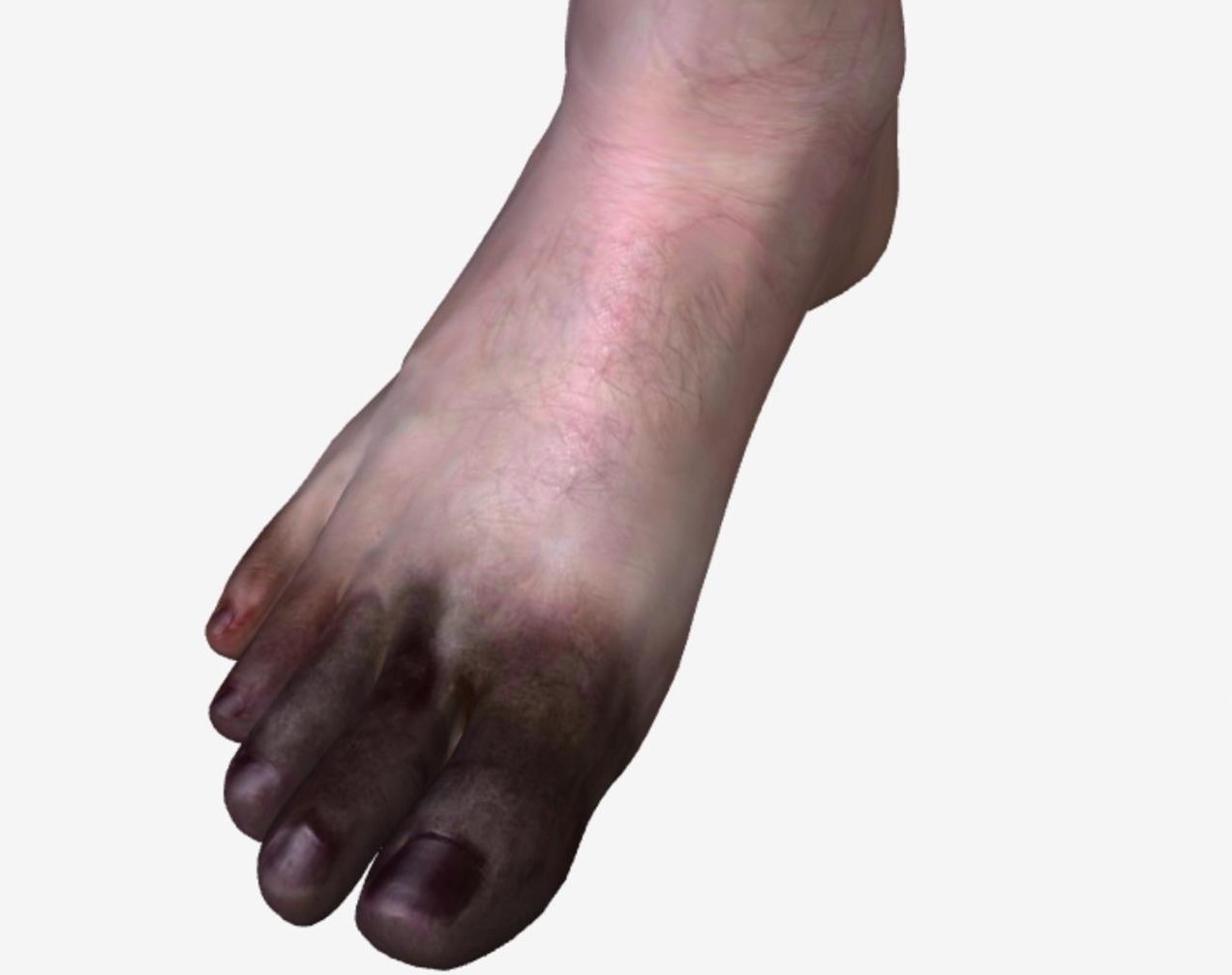The femur or thigh bone is the longest, heaviest, and strongest bone in the body is the part of each lower limb.
The main middle part is the body or shaft of the femur forms angel medially, thus the knee joints are closer to the midline of the body than the hip joints.
Its proximal end is a rounded head articulates with the acetabulum of the hip bone and form a hip joint or the distal end articulates with the tibia and patella.
The head contains a small central depression called the fovea capitis that is the attachment point for the ligament of the head to connect with the acetabulum of the hip bone.
The neck of the femur is a constricted region distal to the head.
The greater trochanter and lesser trochanter are projections at the junction of the neck and shaft, that serve as an attachment point for the muscles.
The greater is located to the lateral surface of the thigh and the lesser trochanter is located inferior and medial to this one.
On the anterior surfaces of the trochanters is a narrow intertrochanteric line or on posterior aspect, a ridge called the intertrochanteric crest and Inferior to this crest is a vertical ridge called the gluteal tuberosity which then mix into another vertical ridge called the linea aspera, these are the attachment points for the tendons of several thigh muscles.
The lateral distal end of the femur is the medial condyle and the lateral condyle which articulate with the medial and lateral condyles of the tibia.
Superior to the condyles are the medial epicondyle and the lateral epicondyle, to which ligaments of the knee joint attaches.
A depressed area between the condyles on the posterior surface is called the intercondylar fossa.
The patellar surface is located between the condyles on the anterior surface.
Superior to the medial epicondyle is the adductor tubercle, a roughened projection, a site for the attachment of adductor magnus muscle.

